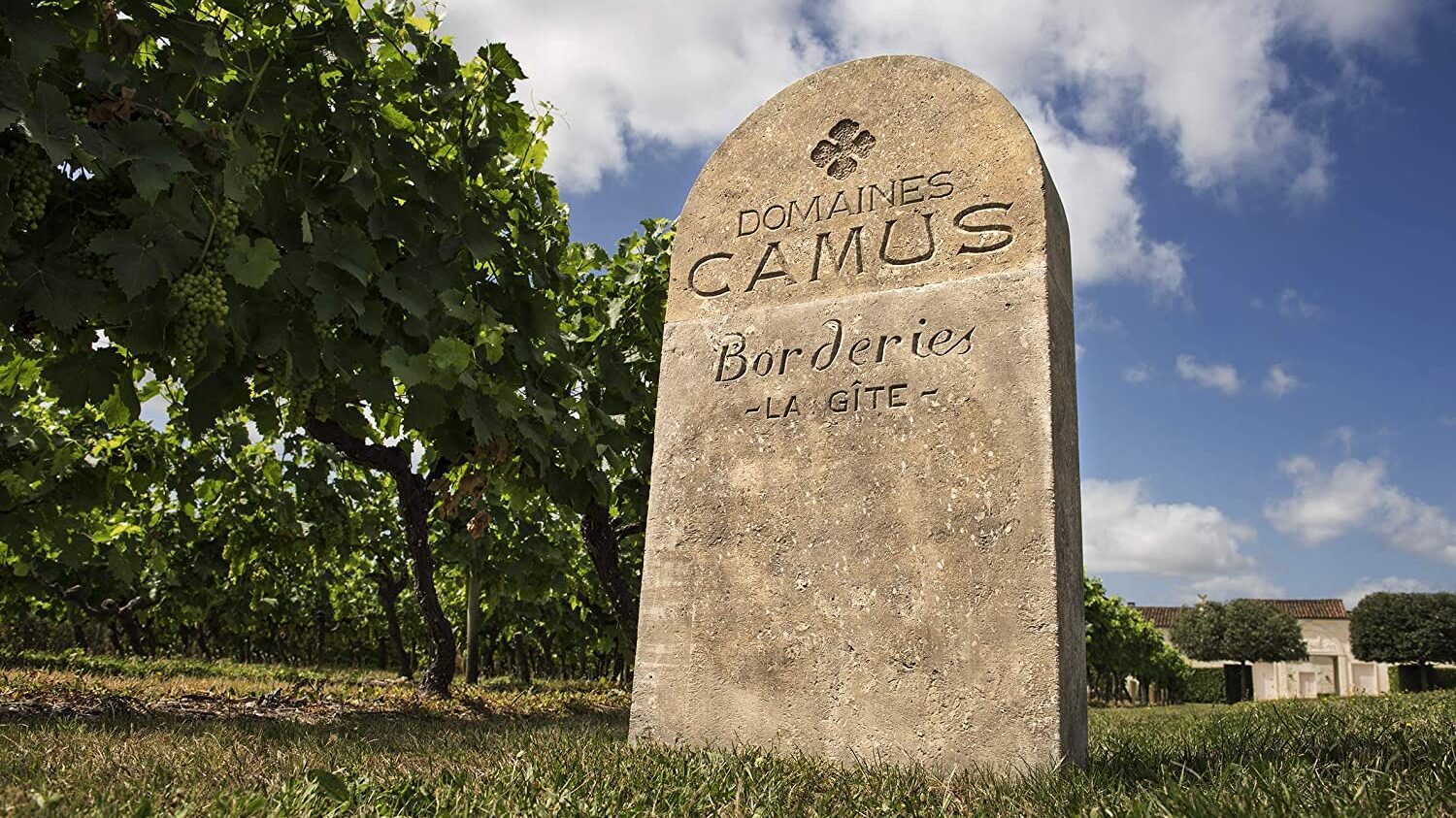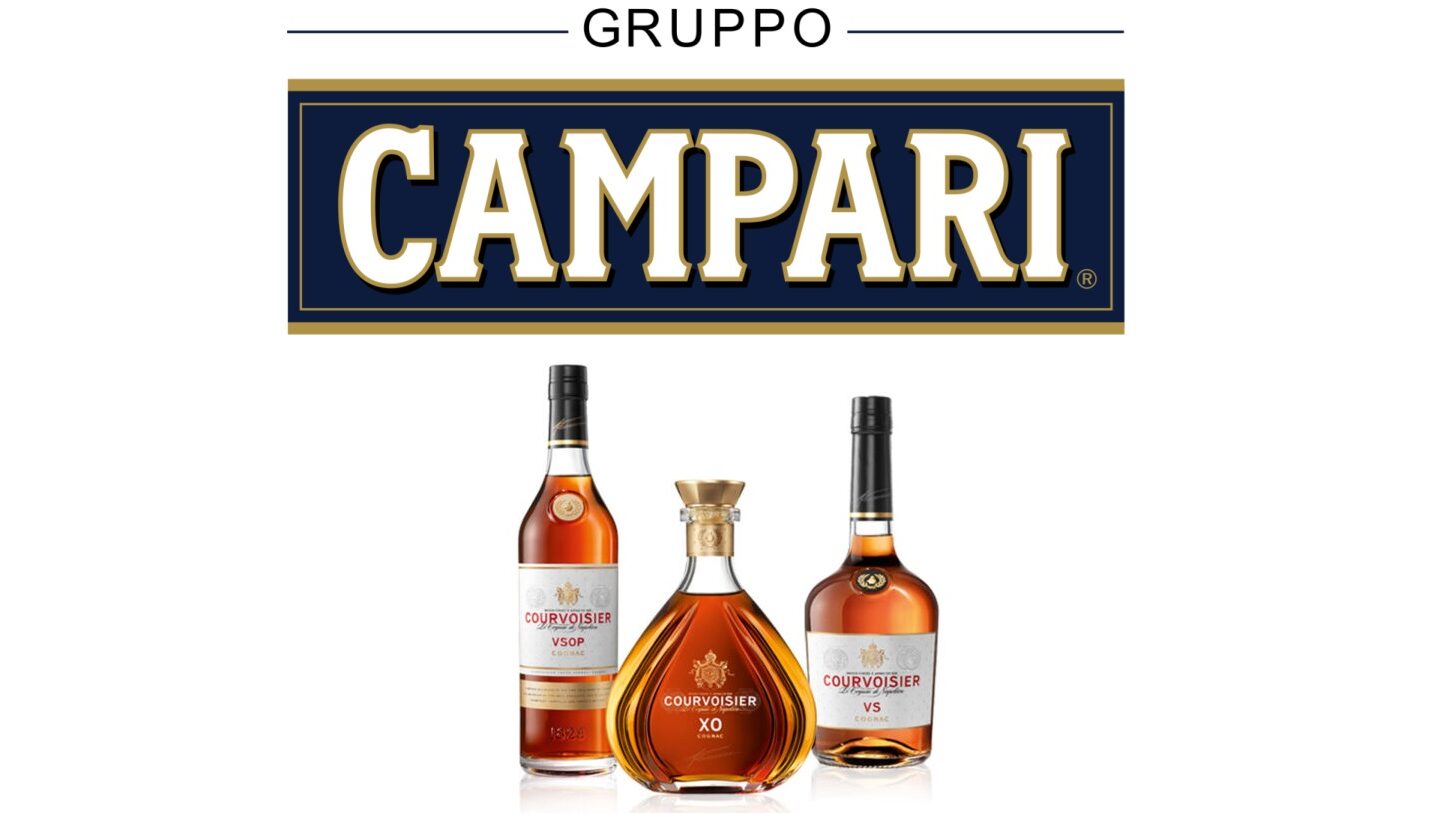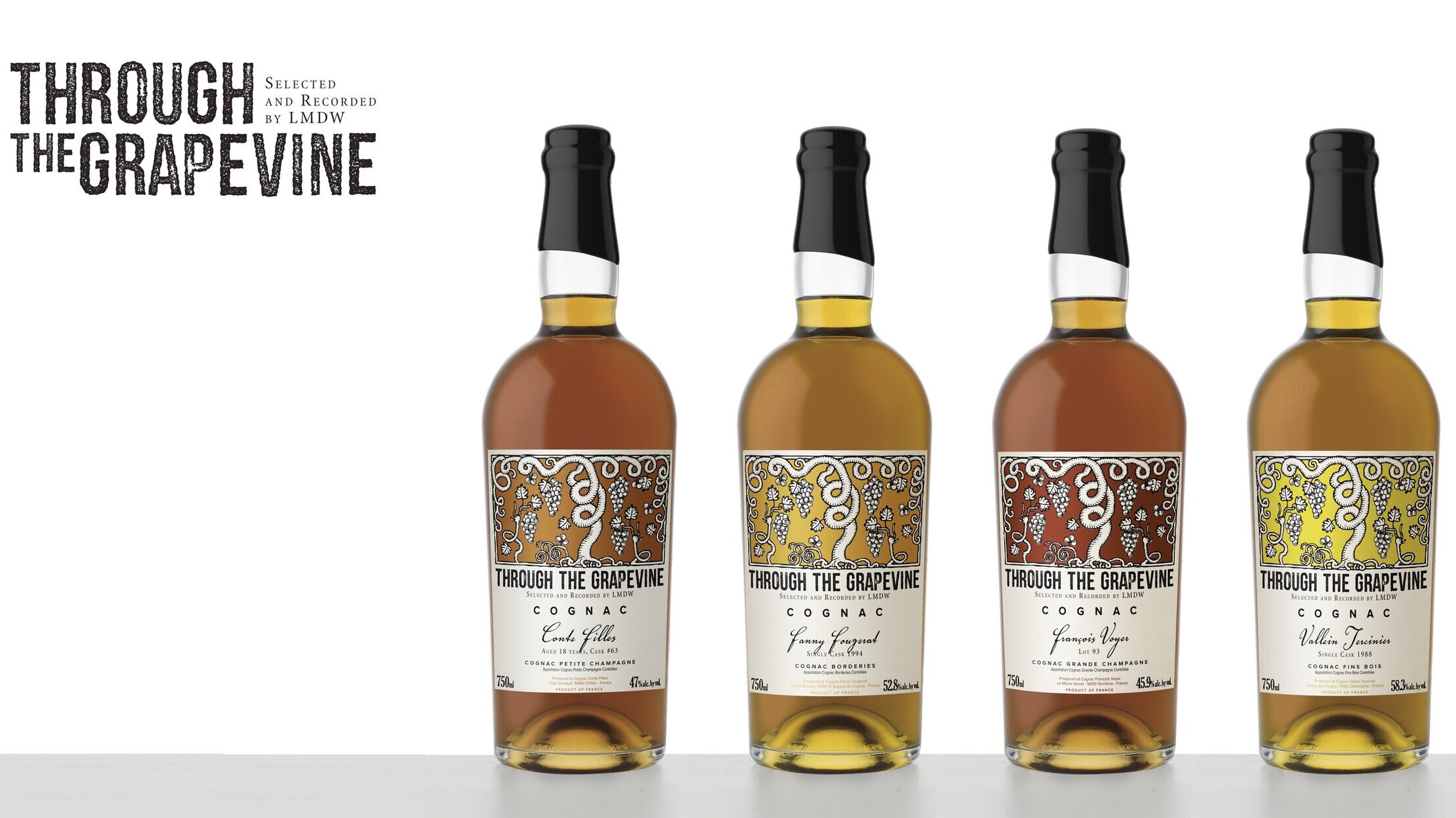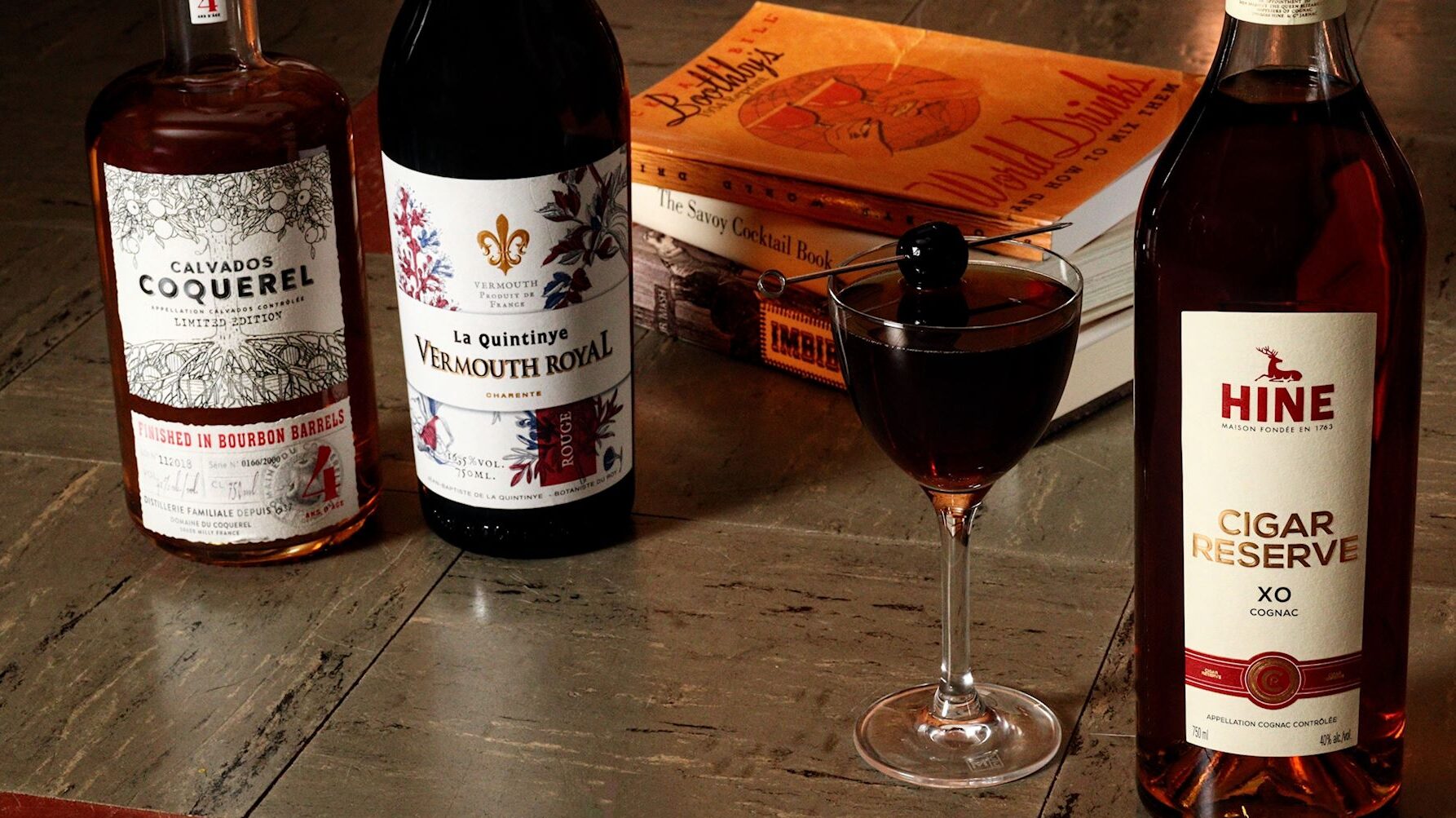Just because we’re in this crazy time of pandemics and social distancing (and not letting Americans fly anywhere) doesn’t mean we still can’t talk with colleagues all over the world one way or another. I recently got the chance to chat, via Zoom, with Pier Paolo Catucci, the Global Brand Manager for Camus. He graciously answered my many questions about their production process, but also the state of Camus and what they’re looking at towards the future.
Prior to signing on with Camus, Catucci worked for the largest liquor distributor in Europe called Velier as their Senior Marketing Officer. He helped with the development of a large portfolio of spirits such as Hendrick’s, The Macallan, Glenfiddich, Monkey Shoulder, Stolichnaya, Brugal, and Nikka. Velier is world renowned for discovering wonderful niche products and Catucci had the pleasure of launching these brands in new European markets. Check out the Q&A below.
• • • • •
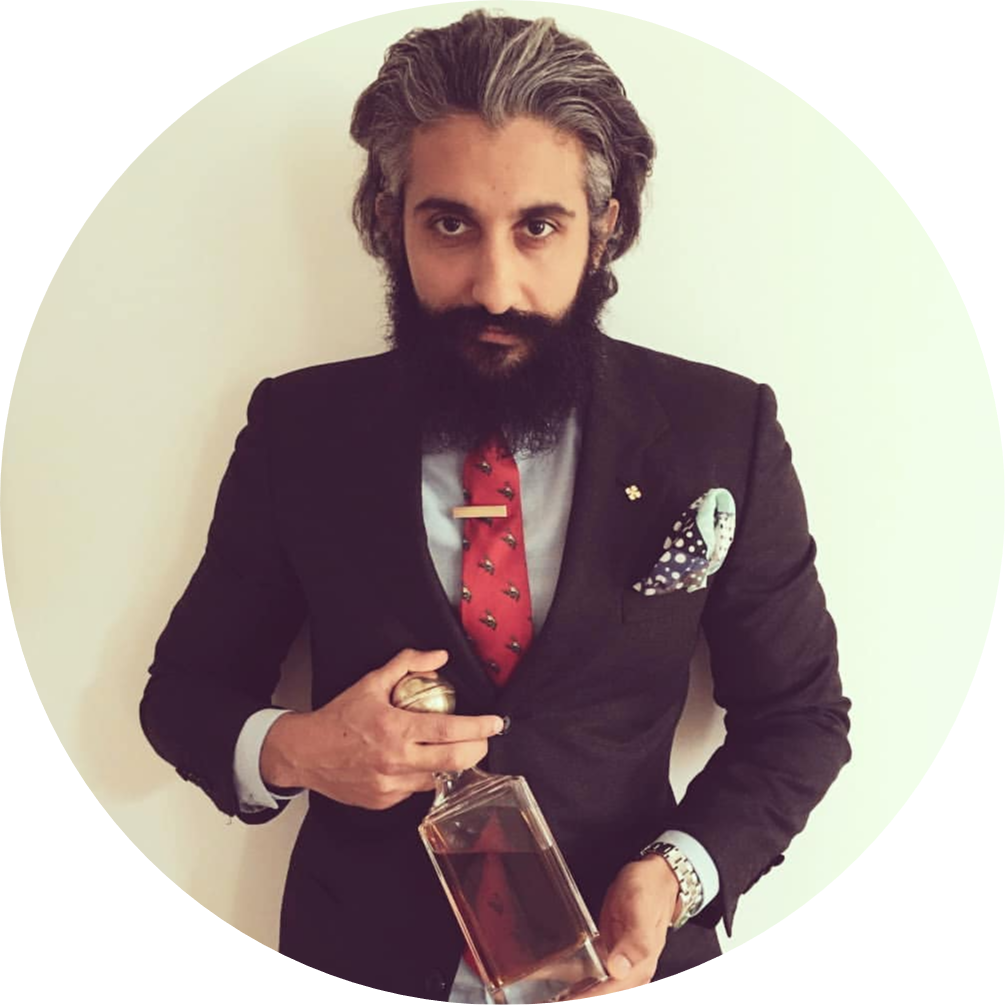
Cognac Reverie: What do you feel sets Camus apart from other Cognac houses?
Pier Paolo Catucci: We don’t hear a lot from the big brands talking about their production process. They’ve got so much history and heritage and they mostly focus on the lifestyle part of their brand. Cognac is extremely well managed within its category than compared to other spirits. There’s much more discipline in the production process, but that doesn’t mean it’s not interesting or worth talking about. We know everyone has to distill twice in a pot still, everyone can only use certain types of grape varieties, and there is a specific zone where you can produce Cognac, but that’s not to say that there’s no diversity. I think Camus was probably the first bigger brand to start talking about the details. People want more information; they want to learn more. No matter your level, an amateur or rookie, or you could be someone who drinks Cognac all the time, our approach at Camus is that if you’re interested, we’re here to give you more information and help you to be more educated.
CR: I’ve definitely found it difficult to find solid facts about certain brands. It seems like all you see are the same basic things about Cognac that everyone who’s a fan should know, but nothing much after that.
PPC: Exactly. I was talking just a few moments ago with a guy who posted comments on one of our products on his online diary. So, I reached out to him saying ‘Hey, I’m the Camus Brand Manager. I just wanted to know if you wanted more information since I saw that you were interested.’ He was quite overwhelmed. This is the kind of approach Camus has towards consumers.
CR: So, Camus has the most hectares of vines in Borderies compared to any other house. Do you see that as an advantage since that cru is highly sought after?
PPC: I would say for what we do, for our propose, it is a great advantage in the sense that the differences between the crus isn’t that there’s a best cru, it’s the difference between the soils and the earth and what that gives to the vines and the Cognacs. Camus wants to produce highly aromatic Cognacs, so working with Borderies is special because the particular combination of the soil is a very unique chalky soil with a layer of flint stone which actually allows the roots in the vineyards to go very deep into the ground and seek out those nutrients that are fundamental to produce a very specific class of molecule called terpenes. They are responsible for the strong floral notes you’ll find in the wines. So, working with Borderies is exactly what we’re looking for.
CR: Besides Ugni Blanc, is Camus using any other grape varietals for production?
PPC: We use pretty much all of them. Ugni Blanc, Folle Blanche, and Colombard. For example, we have a one of a kind product called Saint-Aulaye. It’s a Cognac that comes from one of the most remote regions of the AOC called Dordogne. Until about 60 years ago, this place was home to roughly 60 winegrowers, but then the production started to disappear. And the most coveted grape variety there was Colombard. The city of Saint-Aulaye decided to replant two hectares of Colombard just to make sure the production didn’t disappear. They asked us to collaborate with them and we said yes. In 2015 we did the first harvest and wine production and distilled, according to our method, and sent the casks to a castle at the center of their village, to age in its tower. Then we did a finish on it for a couple of months in barrels that held Monbazillic, which is a local sweet wine. This is also an example of how we rediscover things and transform it into an experience for consumers.

CR: Let’s quickly discuss barrels for a moment. Does Camus have a certain type of oak and toasting process for its barrels?
PPC: Within the two big families of oak it comes down to large grain and fine grain. The large grain offers a more rapid passage of tannin into the eau-de-vie whereas the fine grain is a little bit more gentle. That’s what we go for because we don’t want to mask what we’ve obtained during distillation. Aging for us is about smoothing out the more vivid and funky elements to a new make spirit, but it doesn’t mean we want to mask anything either. A very positive thing about Camus is that even when you have an XO, the taste profile is still very fresh with lots of fruity, exotic notes like pineapple, but then it’s also going more towards the candied or caramel fruits with the age. We’re also using a technique of toasting called French Light which uses soft, gentle heat on the staves instead of having a higher heat or heavily charred oak. Some brands go for that profile which gives the eau-de-vie a more woody, toasty flavor.
CR: What are the biggest markets for Camus?
PPC: China, Russia, Duty-Free market, France, then the rest of the world.
CR: I figured Russia would be one of them since Camus has a rich history with them being the official Cognac of the last Tsar of Russia. But are there any other markets that Camus is leaning into a little bit more or would like to see more activity in?
PPC: There are many markets, France being one, that have many whiskey and rum drinkers, but they aren’t sticking to just those categories anymore and they can open up to ours. Even what’s happening in the US with Cognac drinkers, we see it being linked to a certain type of consumer. And yet, at the same time, you see that same cross consumption by niche consumers that are willing to try new expressions or categories like premium tequila or Cognac. Southeast Asia is another market that has expanded rapidly in the consumption of quality Cognac. The UK is a market where Cognac is heavily consumed, but it’s mostly value, entry level Cognac. It’s a VS market that’s largely influenced by discounts on the shelf, but the situation there I think is changing as we see more consumers demanding more innovation.
CR: Have you noticed any trends in the Cognac category as a whole? Whether it’s leaning one way or the other with specific demographics or are people looking for something specific now from Cognac that they weren’t before?
PPC: I think there’s some hardcore consumers that just expect things from Cognac to follow tradition. These are the classic consumers. Now, depending on their demographics, I don’t know how flexible they can be on opening up to new expressions. Some just won’t, but others will. But I think the biggest challenge is that there is a class of consumers in certain demographics, like China and Russia, where people don’t learn how to drink alcohol based on the category. There are some categories that just become trendy for the moment or liquor gets replaced by Champagne, wine, or beer. Whatever is most popular at the moment. This is the situation we sometimes face in some markets, so we need to sort of reeducate consumers about what the Cognac category is. And it’s really good when you’re in a position of being an innovator like we are because sometimes with our products we tend to transcend the category. Basically, a whiskey or rum drinker can find something from us that they would enjoy, as well.
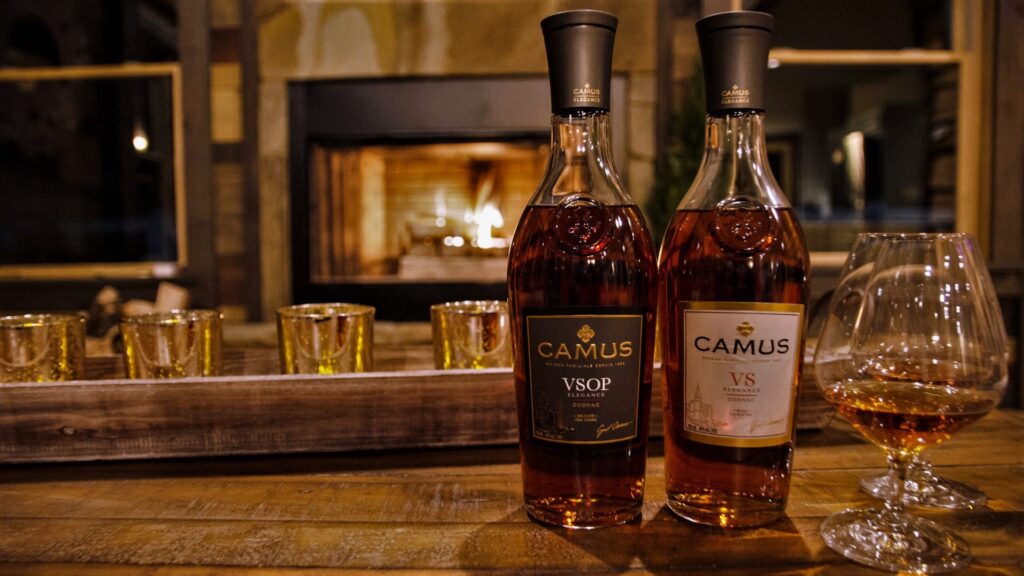
CR: Looking at other brands and seeing cask finishes and single varietal grape releases, it seems like there’s an ask within the consumer market that wants Cognac, but with a little bit extra, a little bit different. Is that something that Camus is focused on moving ahead towards the future?
PPC: I think we’re on top of it. A barrel finish is the easiest. And being the easiest it’s also the most closely watched by the BNIC because one thing that is most important is that you cannot change the taste of Cognac. If the consumer cannot recognize what’s in the glass, then there’s a problem. If your Cognac tastes like tequila, there’s a problem. That being said, consumers would not be happy with drinking something that we were drinking 30, 40, or 50 years ago. It’s just not possible. First of all, we need more detail. Some producers are going single varietal, single origin, and single vineyard because people want to know more. When they drink, and if they’ve never been to Cognac, they want to travel with their mind as they drink, but you need to explain to them what is happening in their glass.
CR: That’s a really good way to put it. Travel with your mind as you drink.
PPC: That’s what people want to do. Let’s say we invite friends over for dinner. What happens is that we’re self-starters and we need to educate ourselves. And with that, we need to get the maximum out of those 4-5 cl we drink after dinner. So, what are we going to do? We’re not going to stock up our home with standard products. We want a very good product to offer which could be the latest innovation in the category, the hot product at the moment, or something very difficult to find. But at the same time, you don’t want it to be all hype. You just want it to be real. So, in the end, consumers are becoming more demanding on what they want because they don’t need something that’s sold at an excessive price just because of marketing. The product needs to be real with research behind it and have knowledge that can be passed to the consumer. They want to be empowered with that knowledge. That’s a big role to fill.
CR: I can imagine. That’s such an important element to our industry, though. I’m glad Camus is so forthcoming to its consumers. I have one last question for you. Are there any new expressions or releases coming out any time soon?
PPC: We’re playing around a lot with how flavors can change in different environmental conditions. The Caribbean Expedition* was a start. That experiment was particularly successful and we want to experiment more with changing environmental factors. I think something that can be interesting is the idea of changing the kind of wood you’re using, the specific type of aging you’re doing, or you could find an unusual type of cask and bottle single barrels. We are always brainstorming about what we can do next.
*Caribbean Expedition*
This was a project involving putting 10 barrels of Camus Cognac on a boat and shipping it to age on a Caribbean island. The sea journey took 45 days where the barrels were influenced by the oceanic microclimates and the movement of the water. Once the barrels arrived at the port of Bridgetown, Barbados, they were transported to Richard Seale’s Foursquare Distillery. They aged in a humid cellar for one year. Only 4500 bottles will be released in Sept. 2020.

